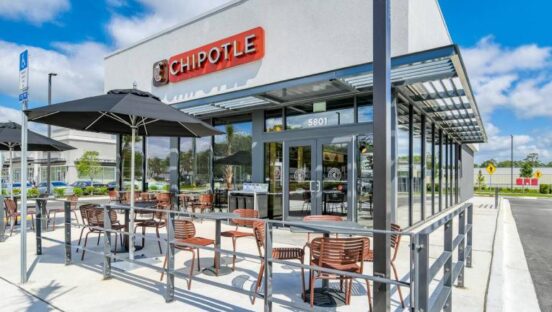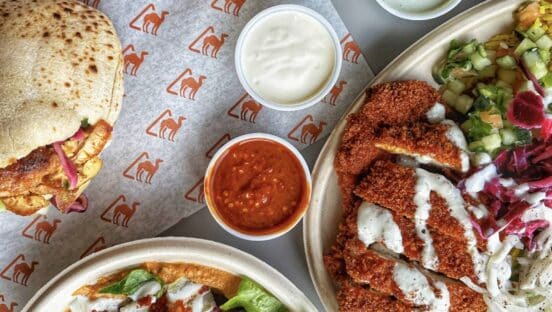



Deliver profits
Delivery is quickly becoming a necessity for almost all restaurant operators, regardless of their category. It is changing the entire operator landscape. Quick-service operators specifically are going through a transformation of sorts. Starting with the innovation of drive thrus and order ahead, and now transitioning toward online order/delivery. From McDonald’s to Krispy Kreme, hungry consumers that used to be satisfied by a quick trip through a drive-thru window now expect their meals and snacks to be delivered right to their door. As the notion that you can enjoy any food item from anywhere in the comfort of your own home becomes the norm, quick-service operators across all cuisines are finding different ways to integrate delivery into their operations. But, before launching delivery in your quick-service restaurant space, there are some key factors to take into account.
Click the arrows in the picture above to begin the story.
Consider the Menu and Packaging
Eating is a sensual experience. Texture, temperature, shape, and aroma are all part of the experience. Some food is meant to be eaten immediately after it is prepared, other food items need time to cool. Soggy, cold, and misshapen food is not appealing. Pizza boxes and takeout containers for Chinese food were years in the making and each solved significant issues with delivering food that looked and tasted as expected.
Not everything travels well. Burger King for example experimented with an entirely new container so that the unit would not assemble the burger before it was delivered in order to ensure for the best possibly quality. Quick-serve operators have packaging that is designed to hold food that will be eaten in the car right after it is purchased, versus the 15–20 minutes it takes for the food to be delivered. Operators may have to reconsider their packaging in order to ensure optimal quality after longer travel times. They may also need to restrict menus to only those items that can be packaged and delivered without losing quality.
Routing and Logistics
In metro areas, routing delivery to the closest restaurant is not always the best option. The customer might always go to the same location when they are dining in, and that is going to be the unit they try to order third party delivery from, but this is not necessarily the restaurant that will get them delivery the fastest. Quick-serve operators need to fine-tune routing and logistics in order for a seamless delivery launch. In order to do so, they can utilize logistics maps, routing software and rerouting orders. Also, if there is abundance of third-party delivery orders going to the same restaurant, the kitchen may become overloaded with orders, and each kitchen can only handle a limited number of orders. This situation is exasperated when using multiple delivery options each having its own order process and corresponding tablet. Rerouting is key in order to ensure the fastest delivery to the customer. POS integration is one of the keys to managing order flow for an operator. POS integration allows the restaurant to seamlessly track the quantity of orders and ensure they are being routed out properly.
Consistency of Menus
Quick-service concepts operate off of specials and limited-time offers. Marketing campaigns and run in-store and updated often, and these same campaigns are not always reflected on the third-party delivery menu. A franchise might run a fish sandwich special during lent, and the concept needs to make sure these same prices are reflected on the third-party delivery menu. In other cases, specifically in the franchise space, some locations may run a promotion that others are not. In order to avoid these hiccups, concepts can run a limited menu for third-party delivery to ensure consistency across the board.
Donald Guarnieri is the Director of Special Projects for Omnivore Technologies, Inc., where he is responsible for improving Sales and Marketing Operations, the direct and indirect collection and analysis of business data, and assisting in establishing strategic relationships and improving overall industry knowledge within the company.












